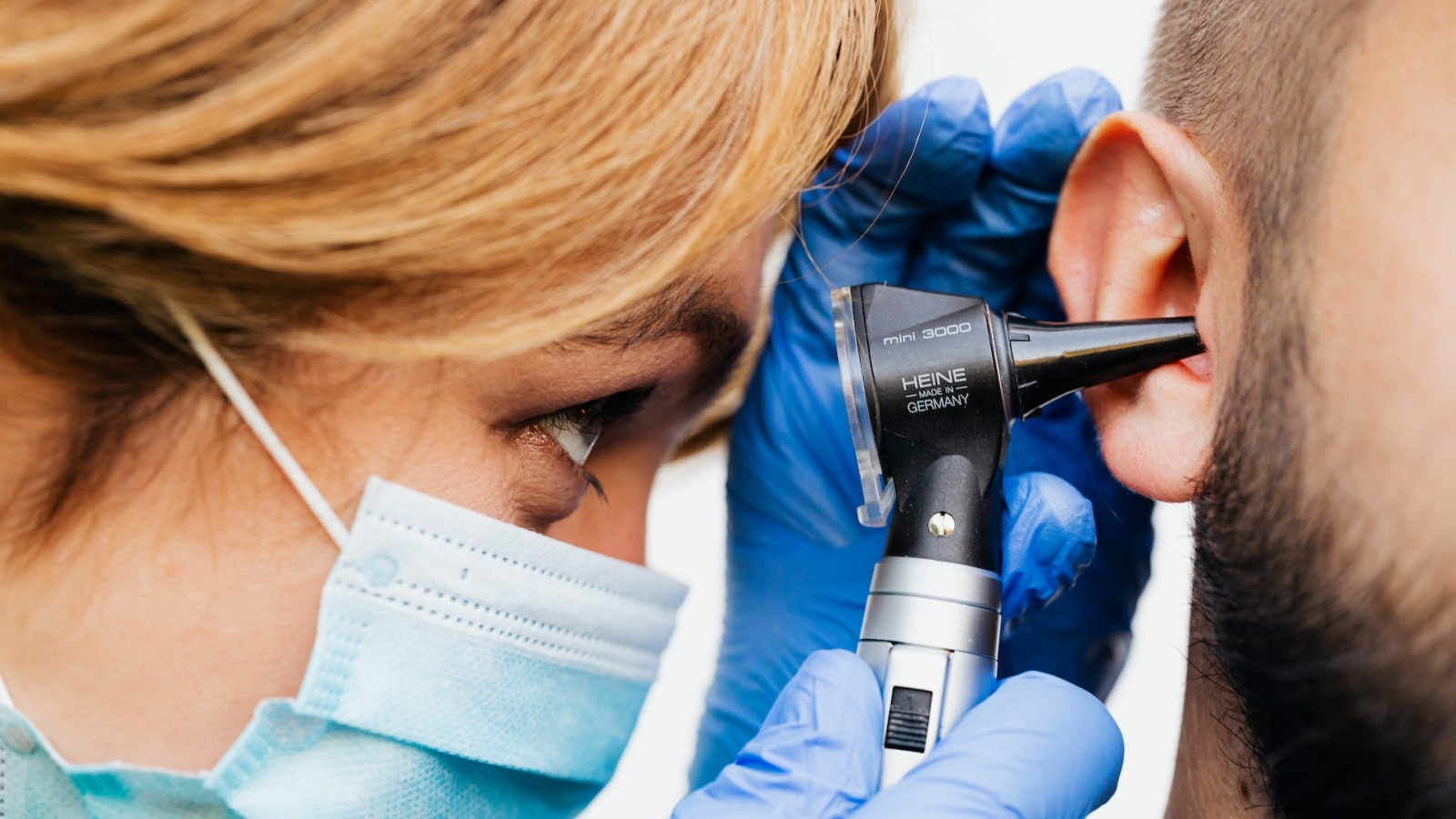The Ultimate Guide to Safe and Effective Ear Wax Removal

Ear wax, medically known as cerumen, is a natural substance produced by glands in the ear canal. Its primary functions are to clean, lubricate, and protect the lining of the ear canal by trapping dirt and repelling water. Typically, ear wax and trapped skin cells slowly migrate from the eardrum to the ear opening, where they dry up and fall out naturally.
Why Does Ear Wax Build Up?
While ear wax is beneficial, an excessive buildup can lead to several problems. Some common reasons for ear wax impaction include:
- Overproduction of ear wax by the glands.
- Narrow or unusually shaped ear canals.
- Using cotton buds, earplugs, or hearing aids, which can push wax deeper into the ear canal and prevent its natural expulsion.
- Age-related changes, where wax can become drier and harder to expel.
- Hairy ear canals.
Symptoms of Ear Wax Buildup
When ear wax accumulates and blocks the ear canal, you might experience a range of symptoms, such as:
- Reduced hearing or a feeling of fullness in the ear.
- Earache.
- Tinnitus (ringing or buzzing in the ears).
- Dizziness or vertigo.
- Itchiness in the ear canal.
- Coughing (due to stimulation of a nerve branch in the ear canal).
If you experience any of these symptoms, it's advisable to seek professional assessment.
Safe and Effective Removal Methods
It's crucial to avoid unsafe methods like using cotton buds or ear candling, as these can push wax further in, damage the ear canal or eardrum, or cause burns.
1. Ear Drops (Cerumenolytics)
Softening ear drops (usually olive oil or sodium bicarbonate based) can be used for a few days to help soften the wax. This can sometimes allow the wax to come out on its own or make professional removal easier. However, for significant blockages, drops alone may not be sufficient.
2. Microsuction
Microsuction is widely regarded by ENT specialists and audiologists as the safest and most effective method for ear wax removal. It involves:
- Magnification: The clinician uses a microscope or high-magnification loupes to get a clear, direct view of the ear canal and the wax.
- Gentle Suction: A small, sterile suction device is used to gently vacuum out the wax.
- No Water: Unlike ear syringing or irrigation, microsuction is a 'dry' procedure, which significantly reduces the risk of infection and makes it suitable for individuals with perforated eardrums, previous ear surgery, or active ear infections (after appropriate medical advice).
At Spectrum Hearing, we specialize in providing microsuction ear wax removal in the comfort of your own home in Derby and surrounding areas. Our qualified audiologist ensures the procedure is performed safely and comfortably.
Why Avoid Other Methods?
- Cotton Buds: Tend to push wax deeper and can cause trauma or impaction.
- Ear Candling: There is no scientific evidence to support its effectiveness, and it carries risks of burns, ear canal blockage from candle wax, and eardrum perforation.
When to Seek Professional Help
If you suspect you have an ear wax buildup causing symptoms, it's best to consult a professional. Self-treatment can be risky. An audiologist or suitably trained healthcare professional can safely assess your ears and recommend the best course of action.
Our home visit service offers a convenient and comfortable solution for ear wax removal, eliminating the need to travel to a clinic.
If you have any concerns about your ear health or would like to book a microsuction appointment, please contact us.